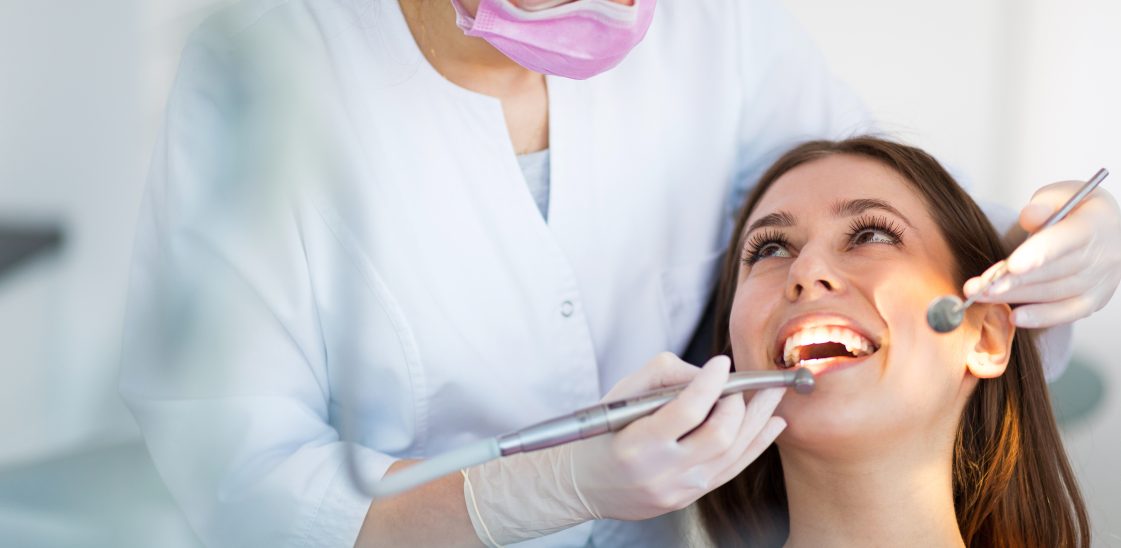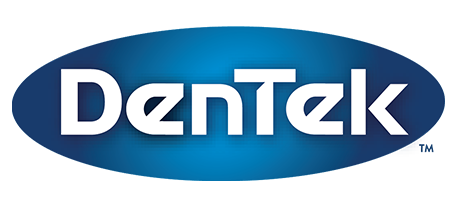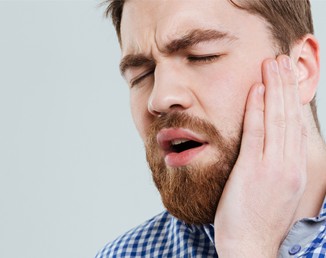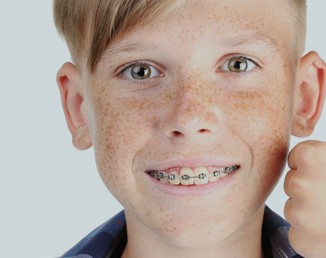
What anaesthetics do dentists use?
Anaesthetics are an important part of dentistry as they are used to numb areas of the mouth in order to perform certain treatments and procedures.
But what kind of anaesthetics do dentists use? In this blog post, we tell you everything you need to know. Whether you already have a procedure lined up or you just like to be prepared, DenTek will provide the information you need.
What do dentists use as anaesthetic?
As touched on above, anaesthetics are used as part of dental procedures in order to eliminate pain. Anaesthetics make procedures like fillings and tooth extractions possible by allowing dentists to get on with performing surgery without being distracted by patients who are in pain. Crucially, they also make these procedures tolerable for patients.
It’s important to understand that anaesthetic is used during a dental procedure but painkillers are used to control pain in the aftermath of dental surgery.
Dental treatment can be carried out using two kinds of anaesthetic – local or general. For more detail on each, read on.
Can dentists give general anaesthetic?
Yes, general anaesthetic can be used for dental surgery in certain circumstances. When undergoing general anaesthetic, medicines are used to put you to sleep. Liquid medicine may be injected into your veins via a cannula or you may be given gas to inhale through a mask.
Having a procedure under general anaesthesia carries a number of possible side effects and risks. For example, you may feel sick, shivery, confused or experience temporary memory loss. There is also a risk of suffering an allergic reaction to the anaesthetic, waking up during surgery and death – although these complications are rare.
Due to potential side effects and risks, general anaesthetic will only be considered if both the dentist and patient decide that it is the best option.
General anaesthetic is most often used in cases where the patient has dental phobia, suffers from anxiety or has challenging behaviour that would make surgery under sedation or local anaesthetic extremely difficult. Children and patients with special needs are more likely to require general anaesthetic than other members of the population.
General anaesthetic may also be considered for particularly long or complex surgeries.
You will usually be referred to a hospital or dental surgery unit for treatment under general anaesthetic.[1]
What local anaesthetic do dentists use?
Local anaesthetic involves the injection of medicine into the inner cheek or gum adjacent to the area where treatment will be performed. It works by preventing the nerves in the treatment area from sending signals to the brain.
Lidocaine hydrochloride is a commonly used local anaesthetic in dental practices. It is often used in conjunction with adrenaline/epinephrine to prolong the anaesthetic effect.
Unlike general anaesthetics, local anaesthetics don’t make you fall asleep. The area of your mouth that is being treated will be numb so you shouldn’t feel any pain but you may still feel pressure or movement.
Local anaesthetics are fast-acting as they normally only take a few minutes to take effect. They are also quick to recover from as the numbness tends to wear off within a few hours.[2]
Outside the walls of the dental surgery, small amounts of a mild local anaesthetic can be found in DenTek First Aid Kits. These kits, which contain eugenol to help anaesthetise and disinfect the problem area, are designed to be used in a dental emergency while you’re waiting to be seen by a dentist.
If you’re undergoing dental surgery, it’s important to know the options available to you. If you have any questions or concerns about your treatment or the type of anaesthetic you require, you should consult your dentist.
Resources:




